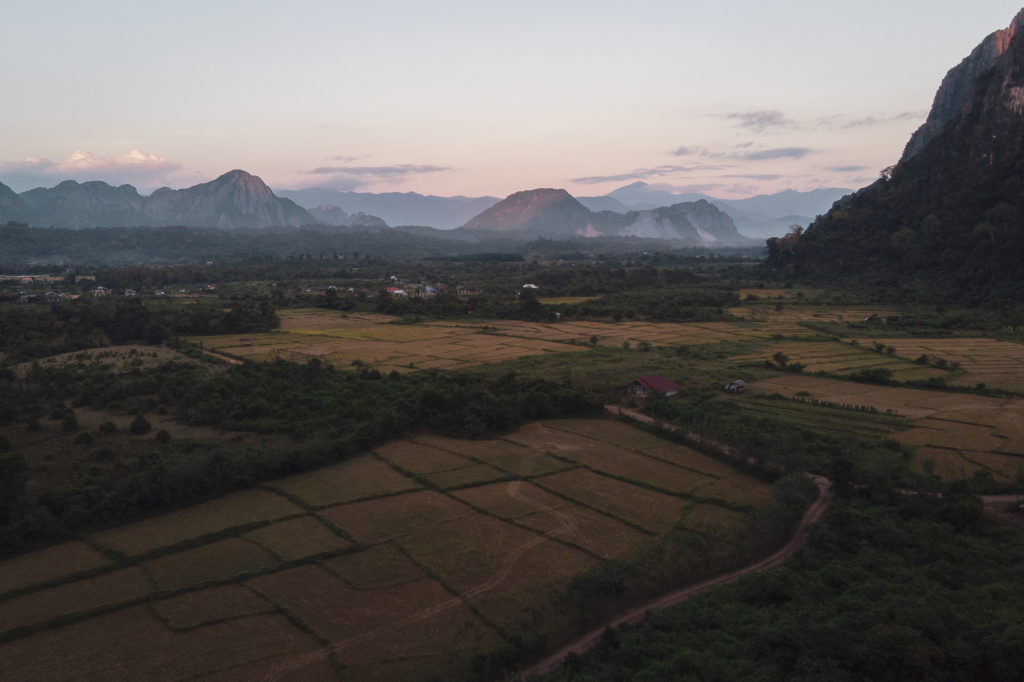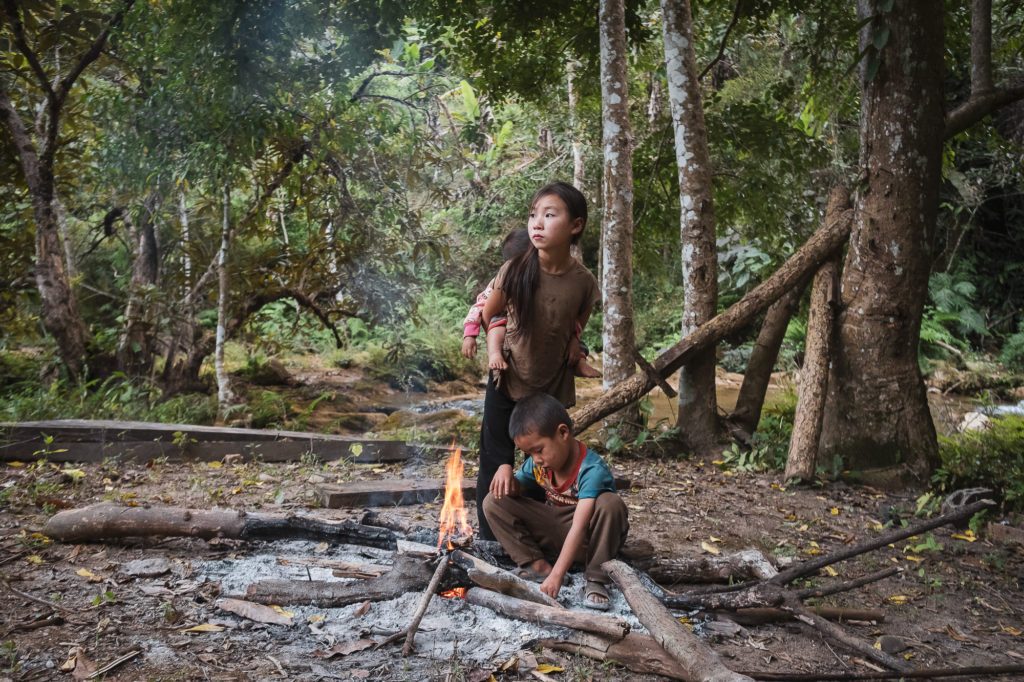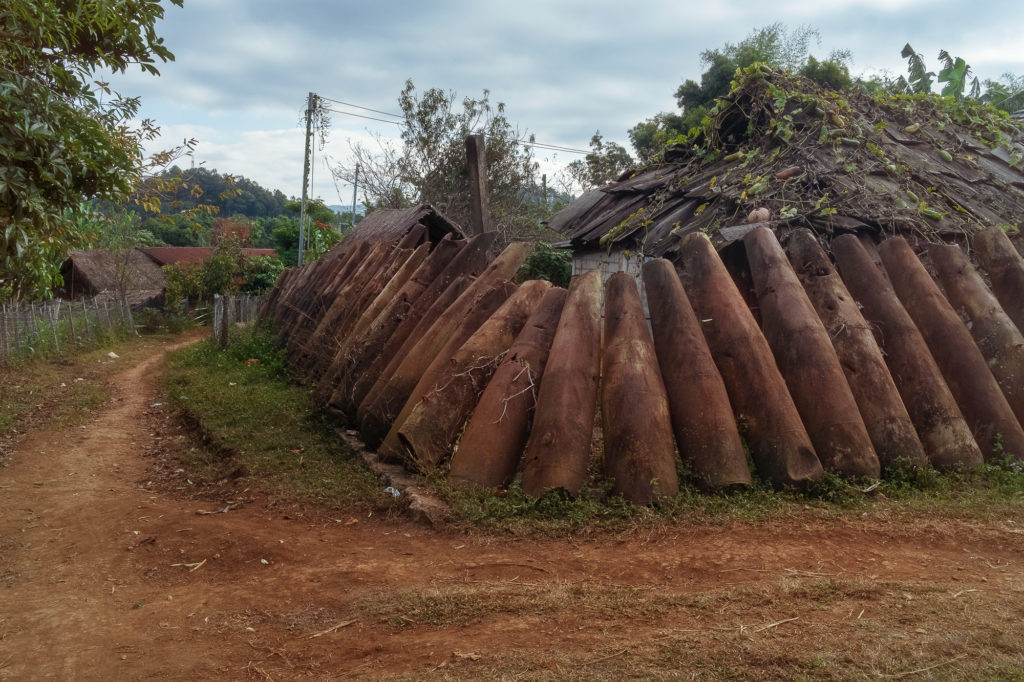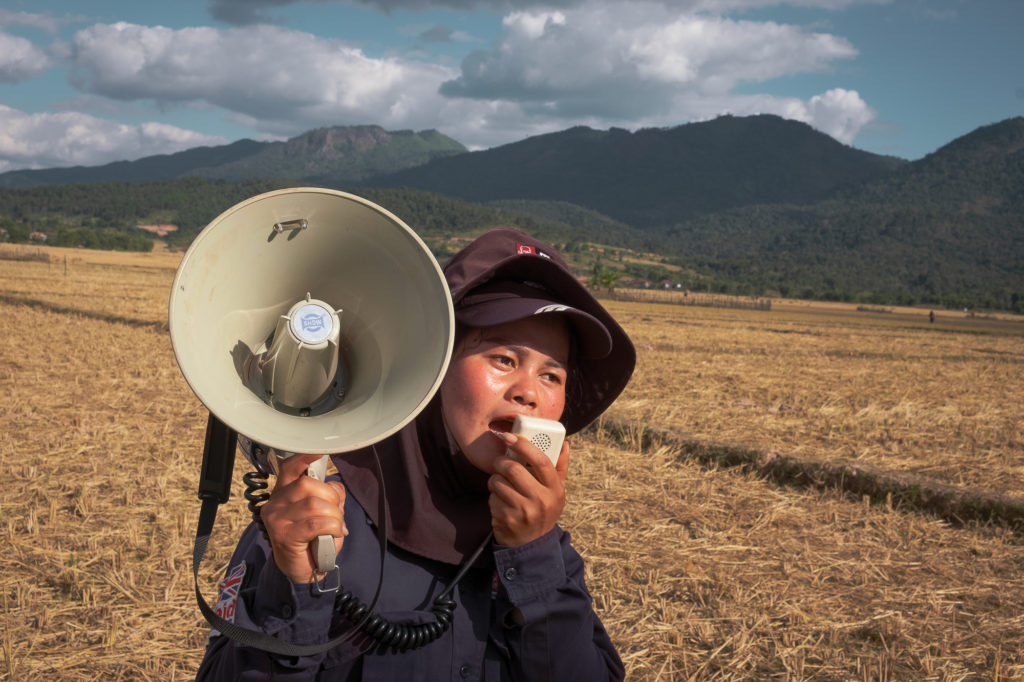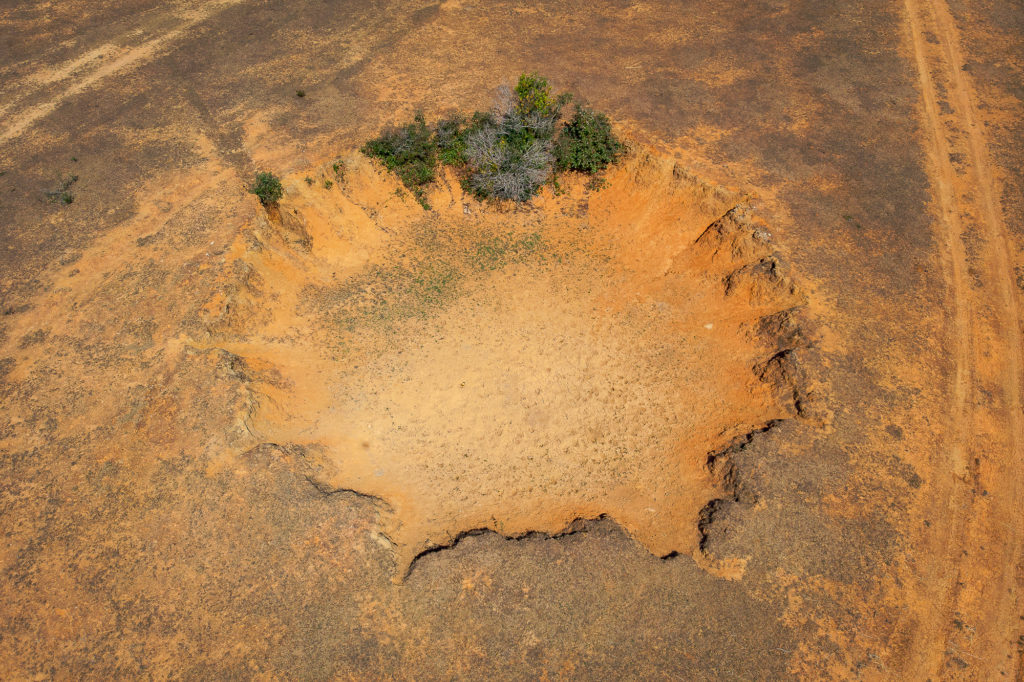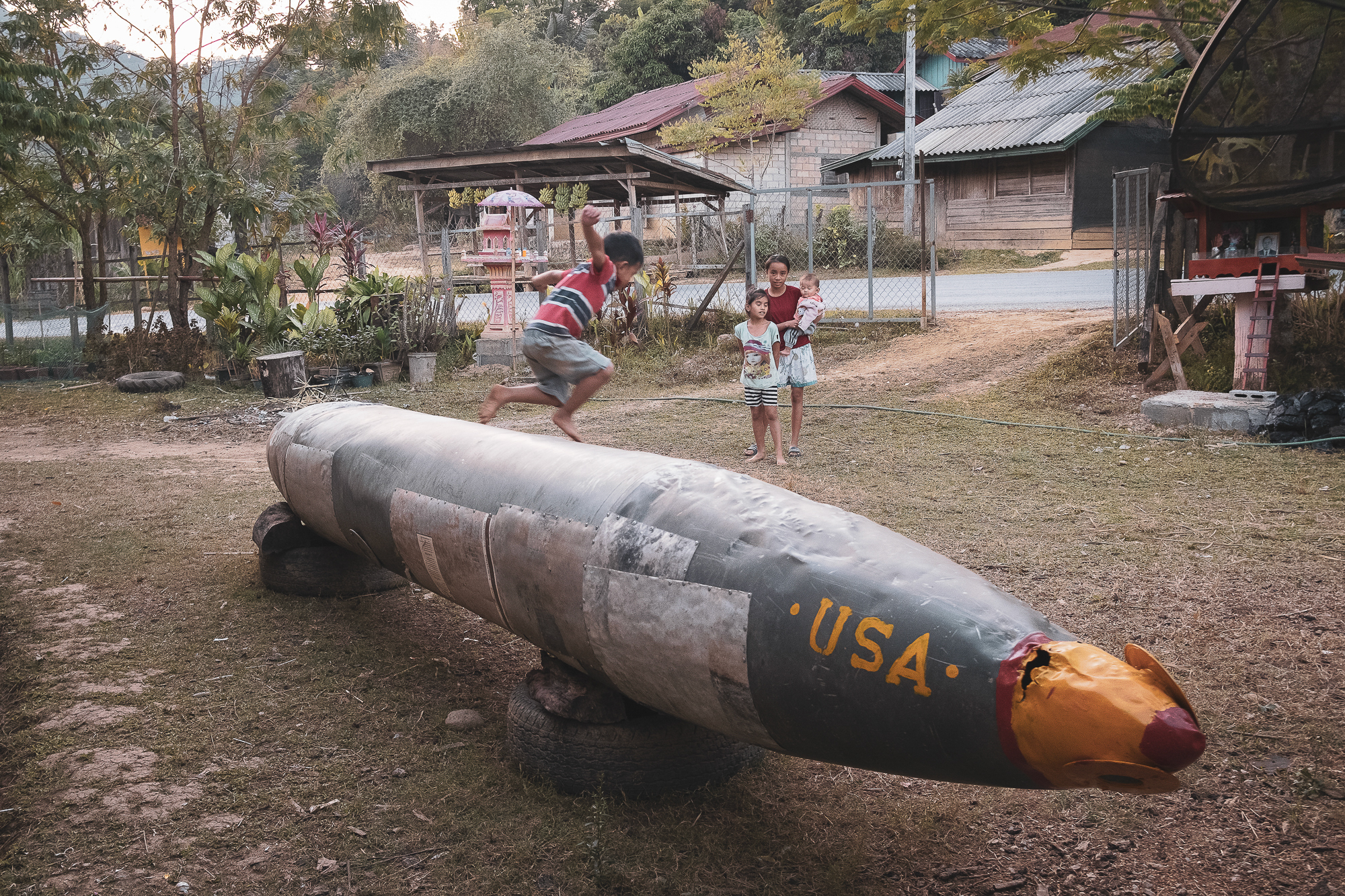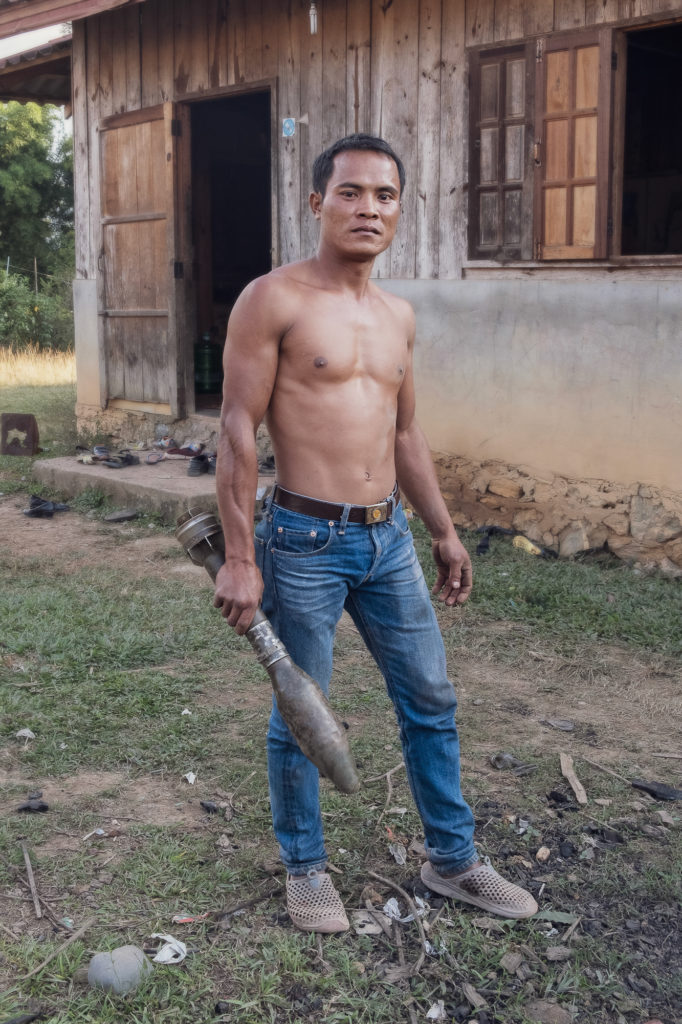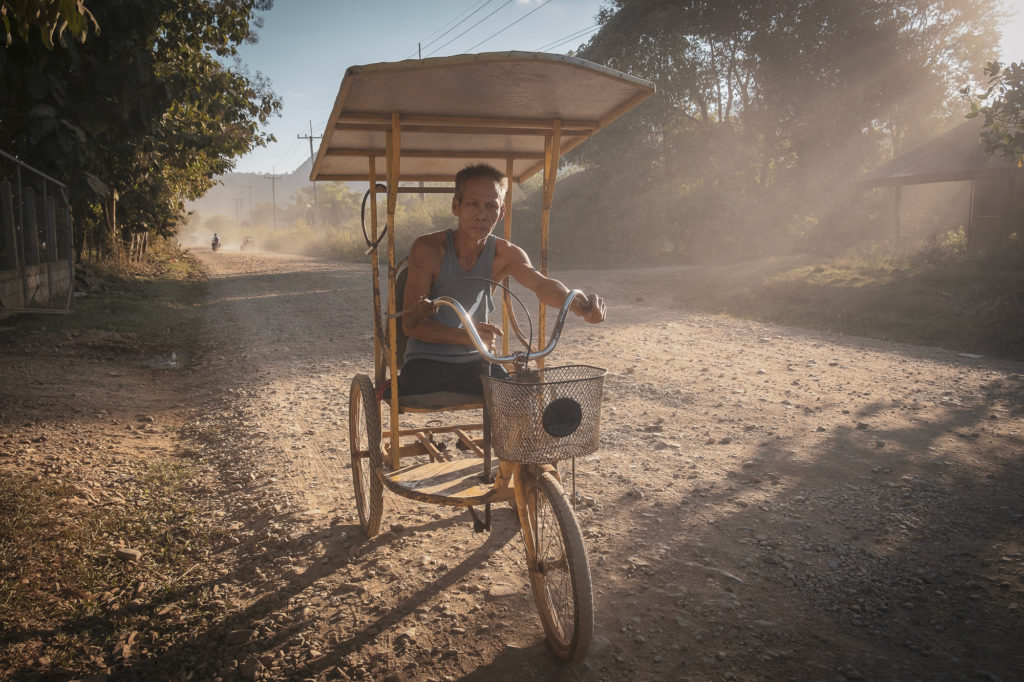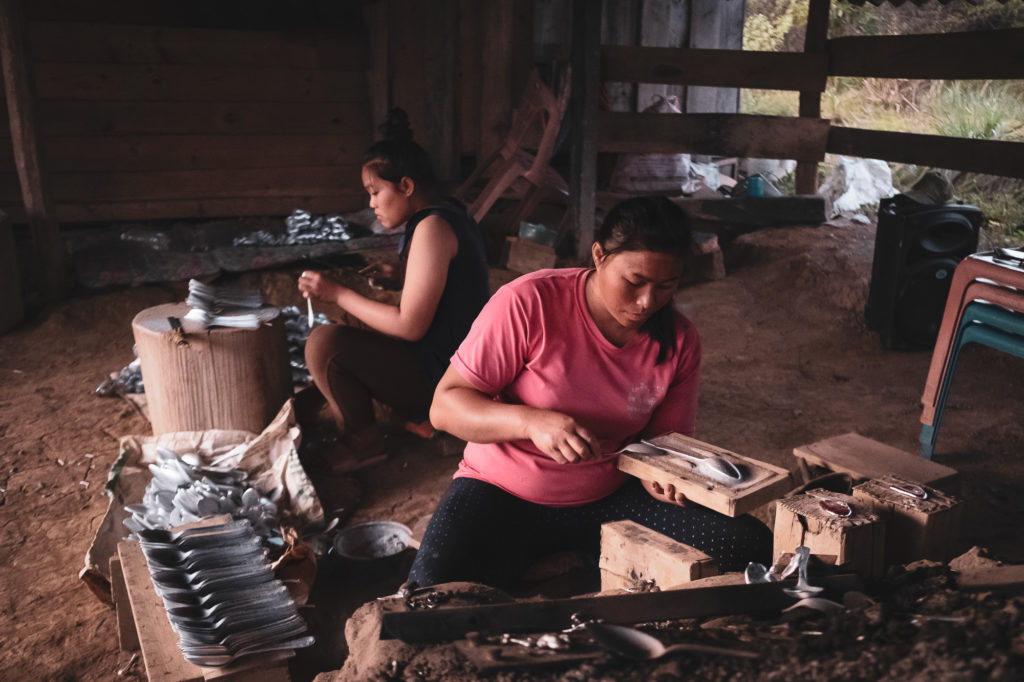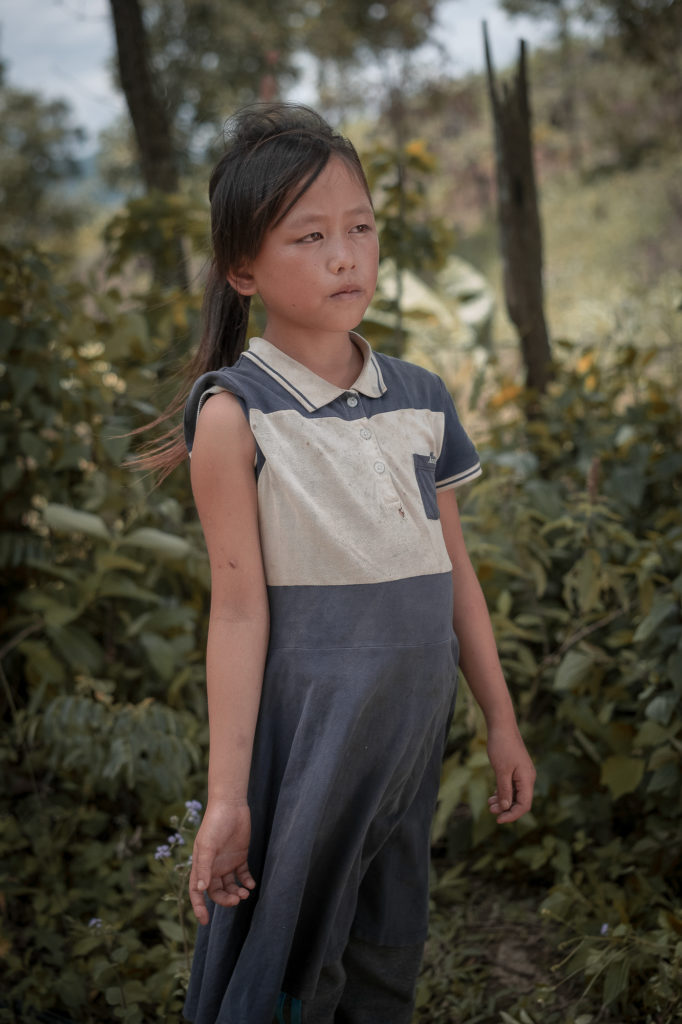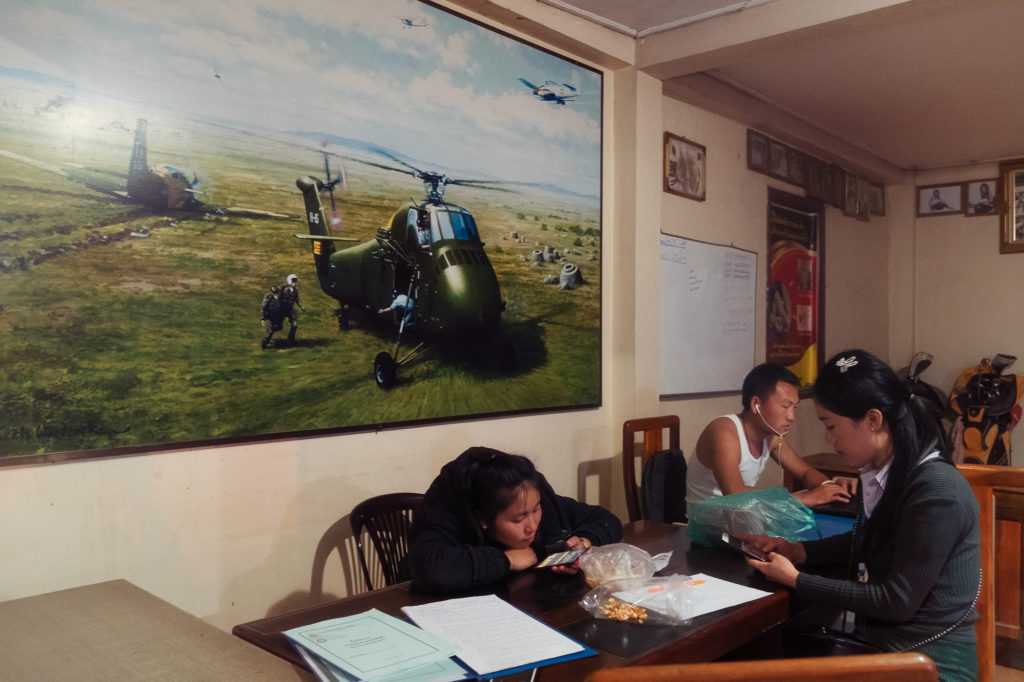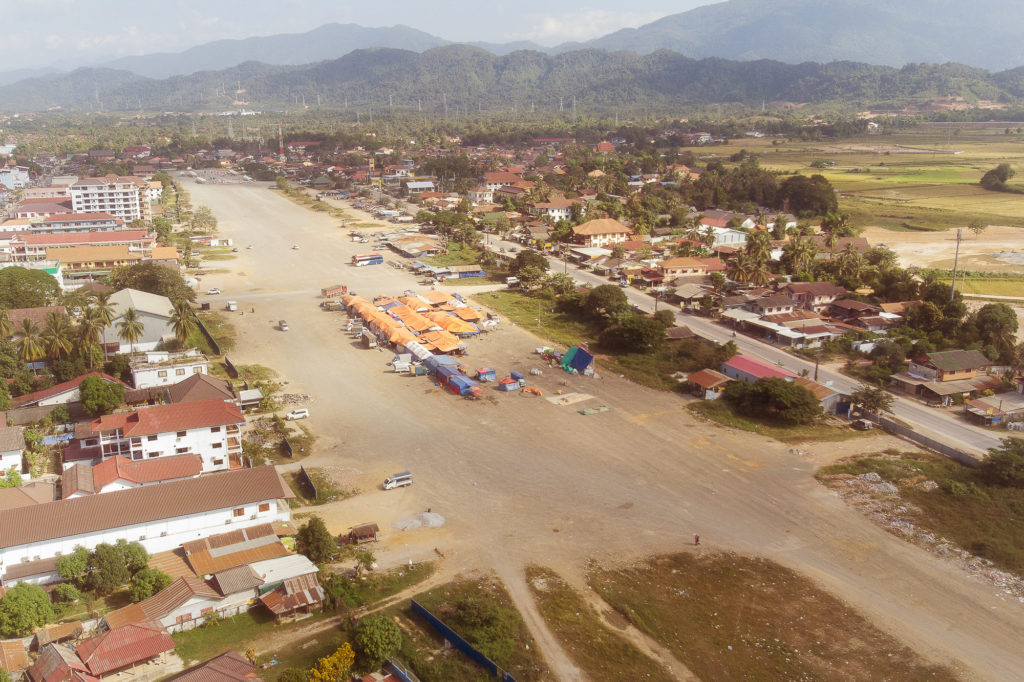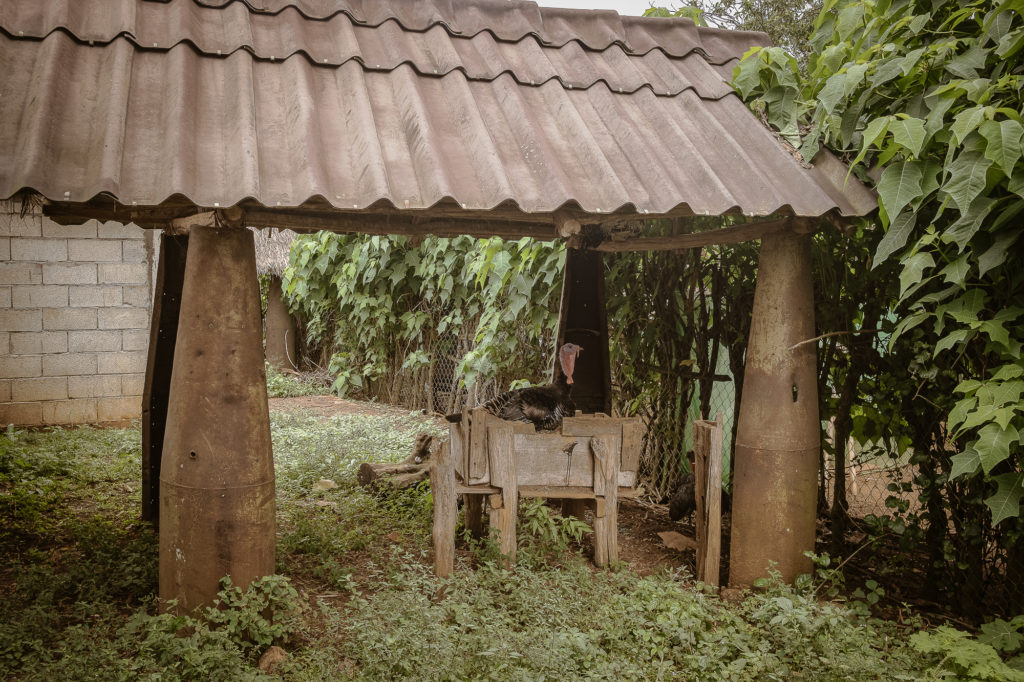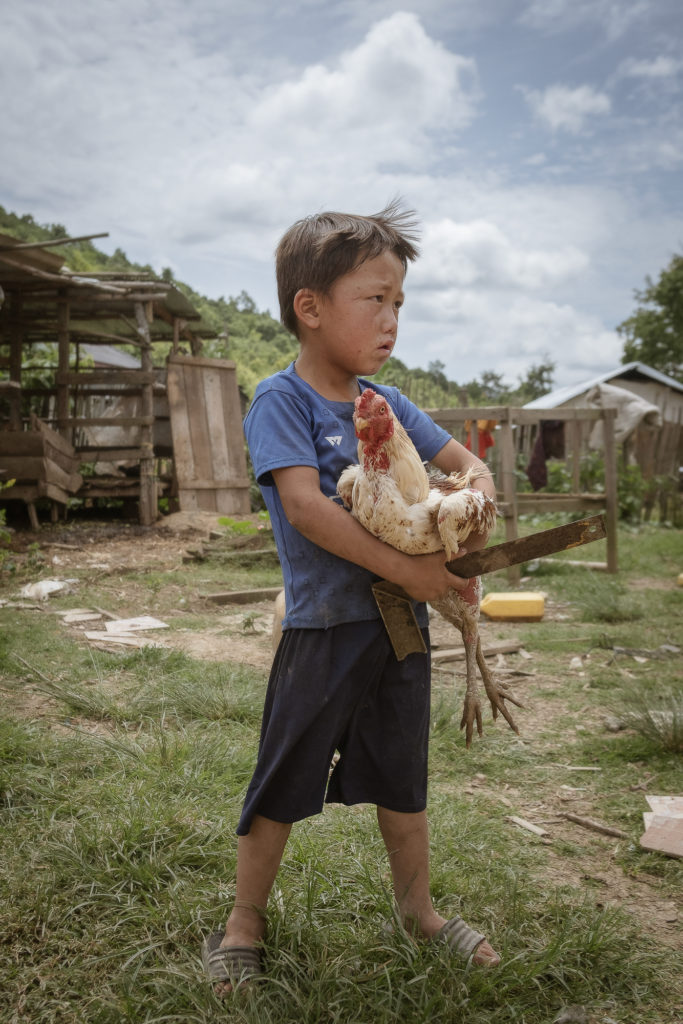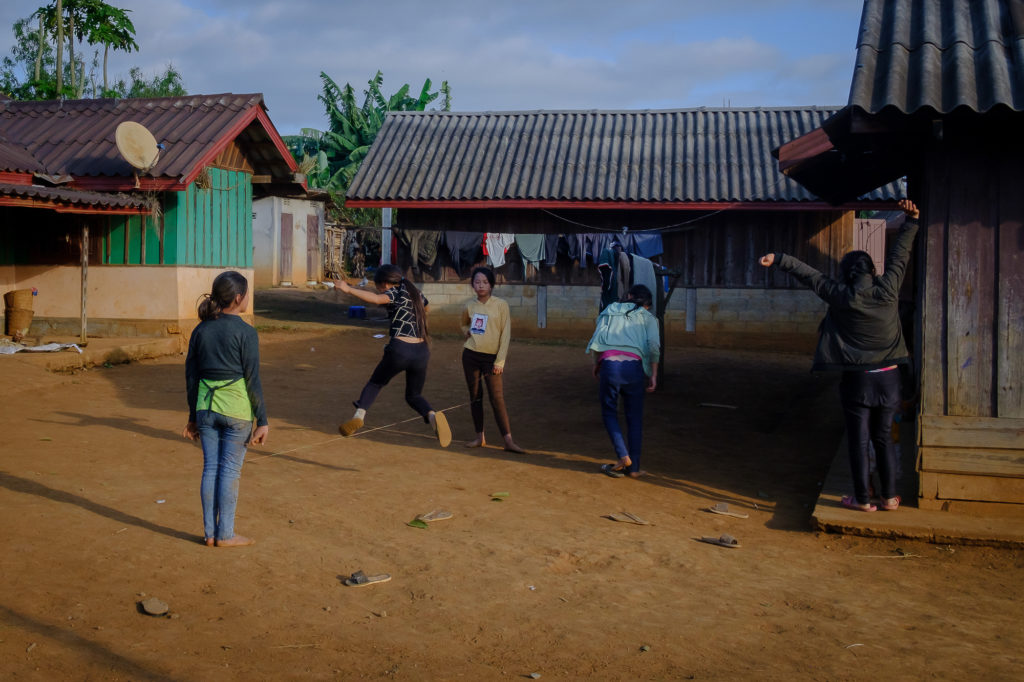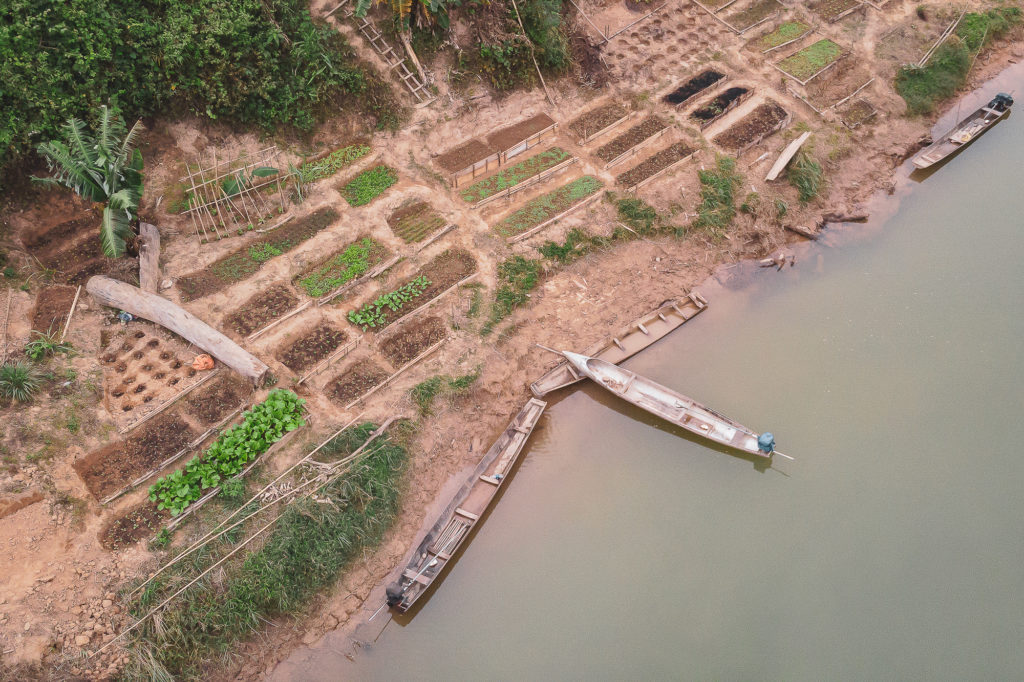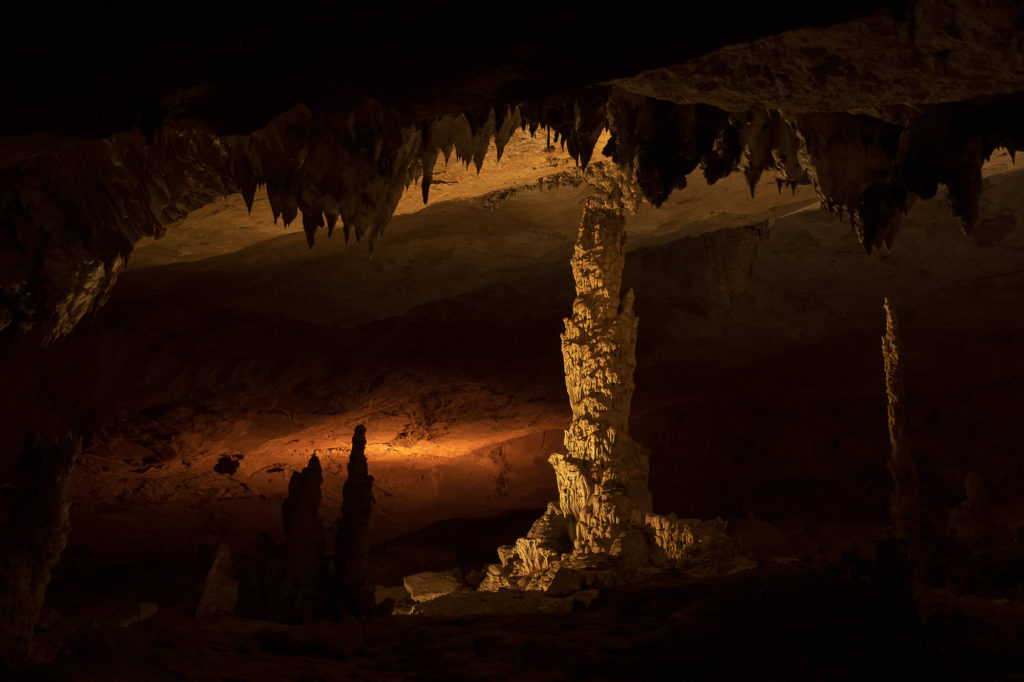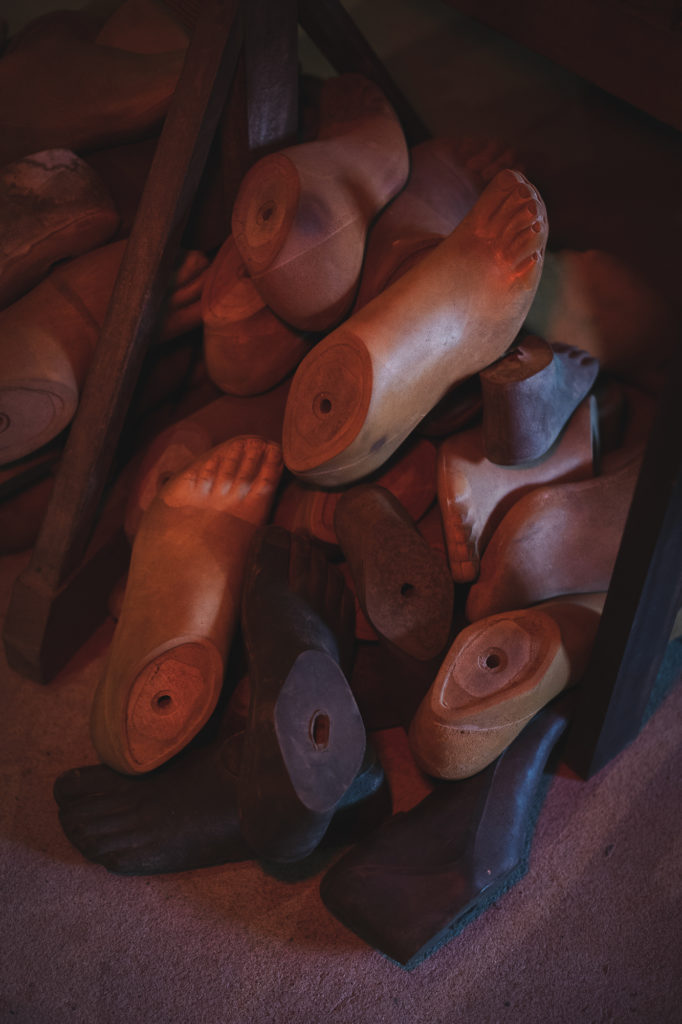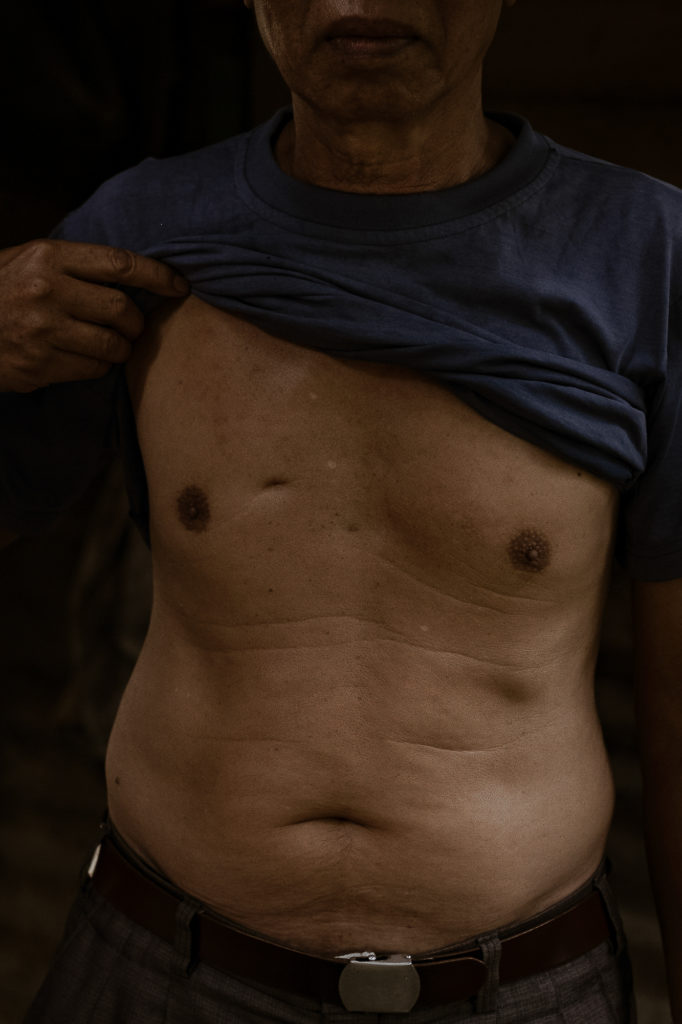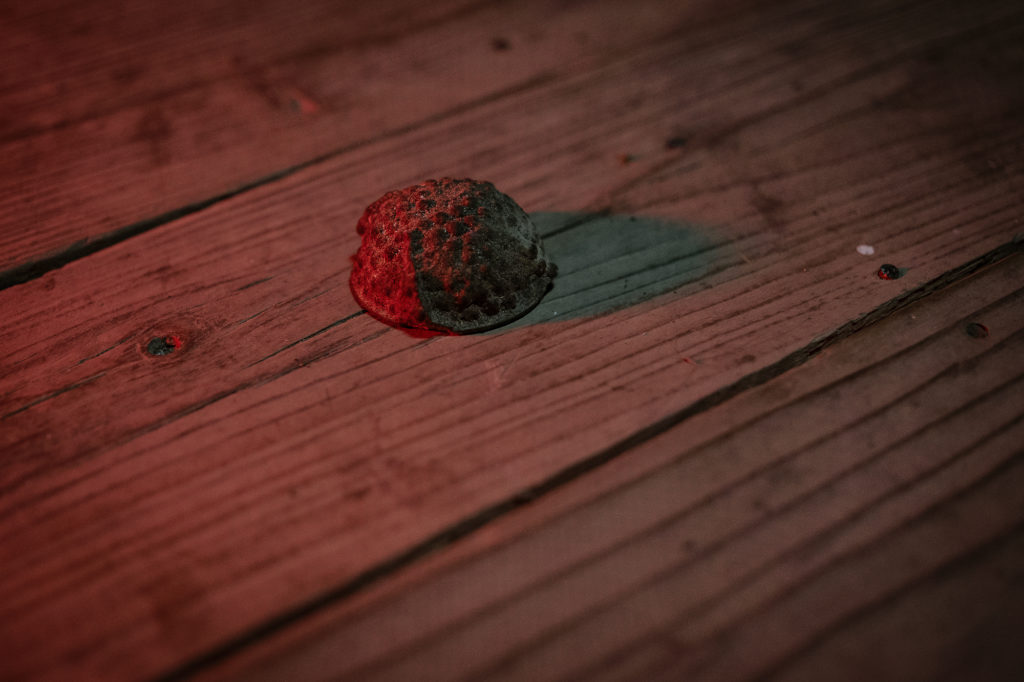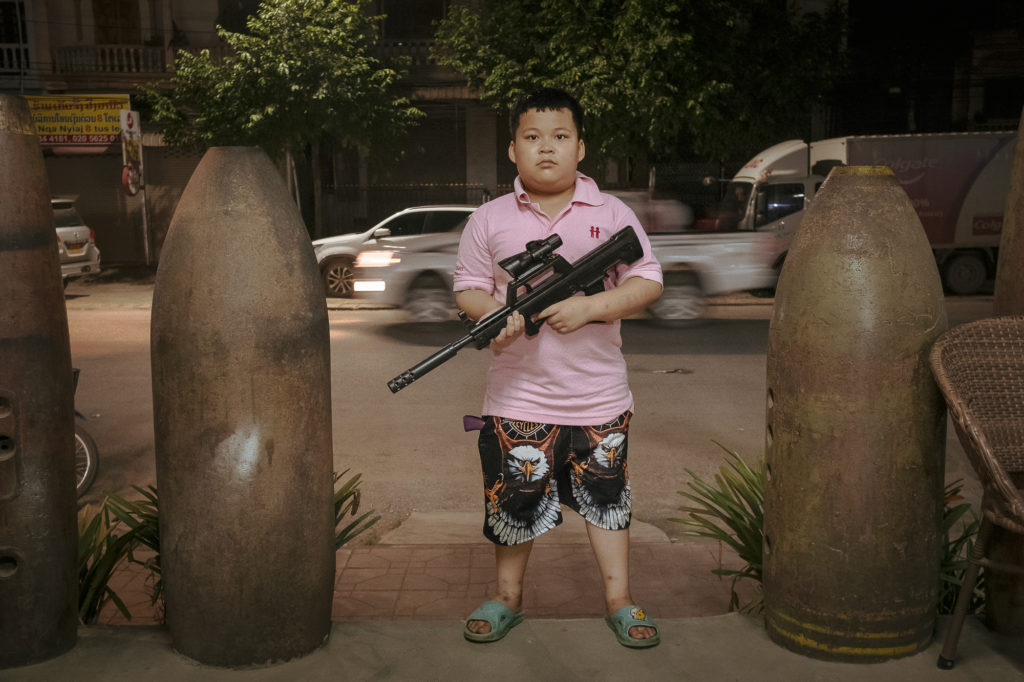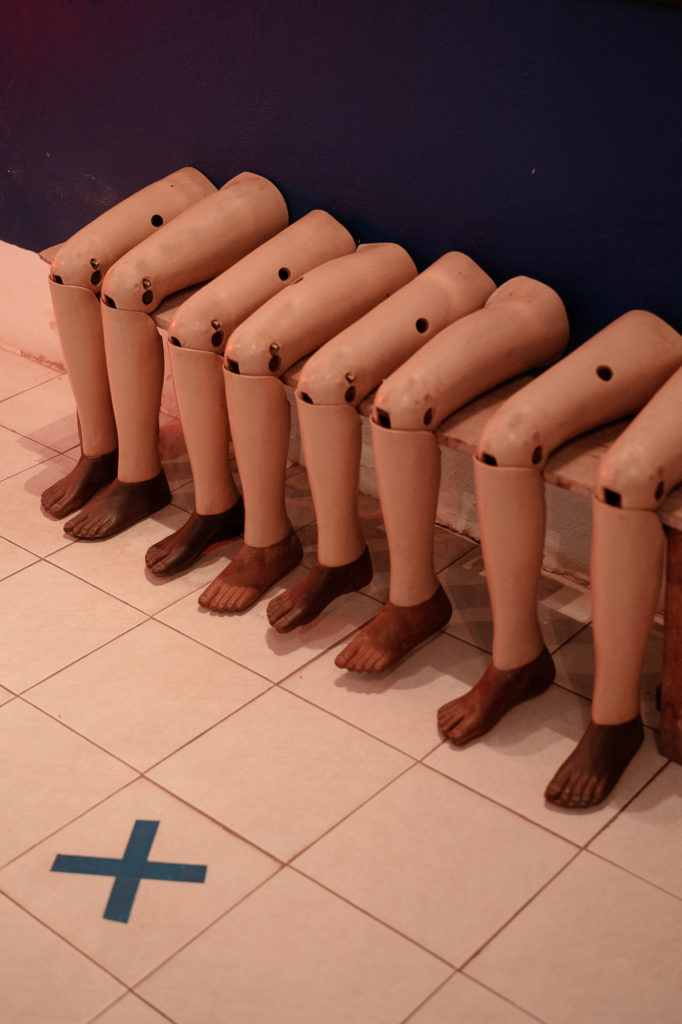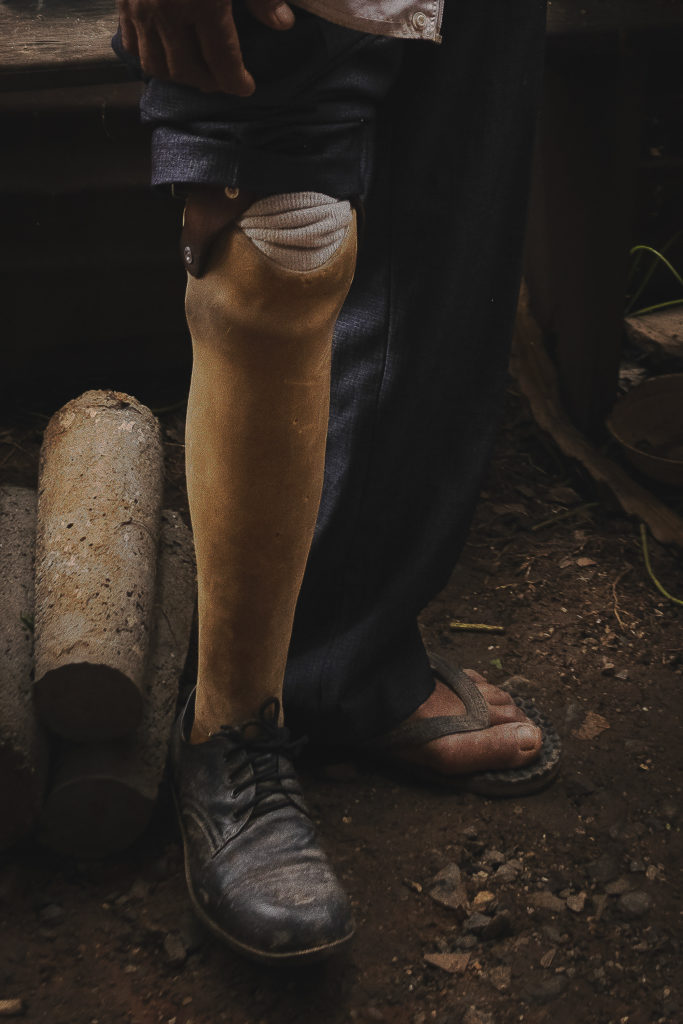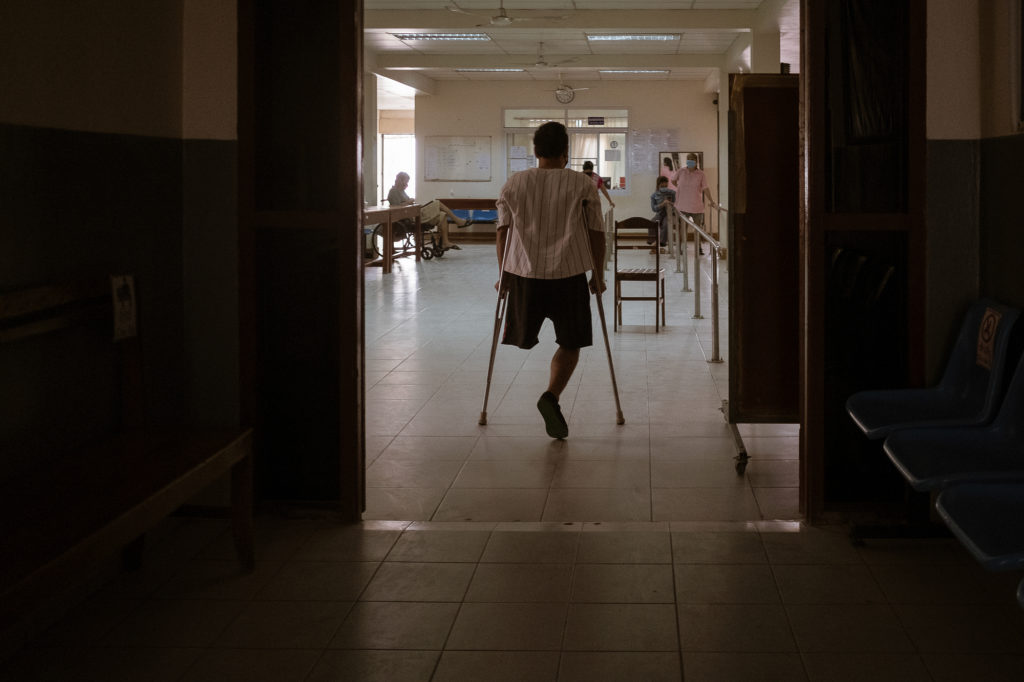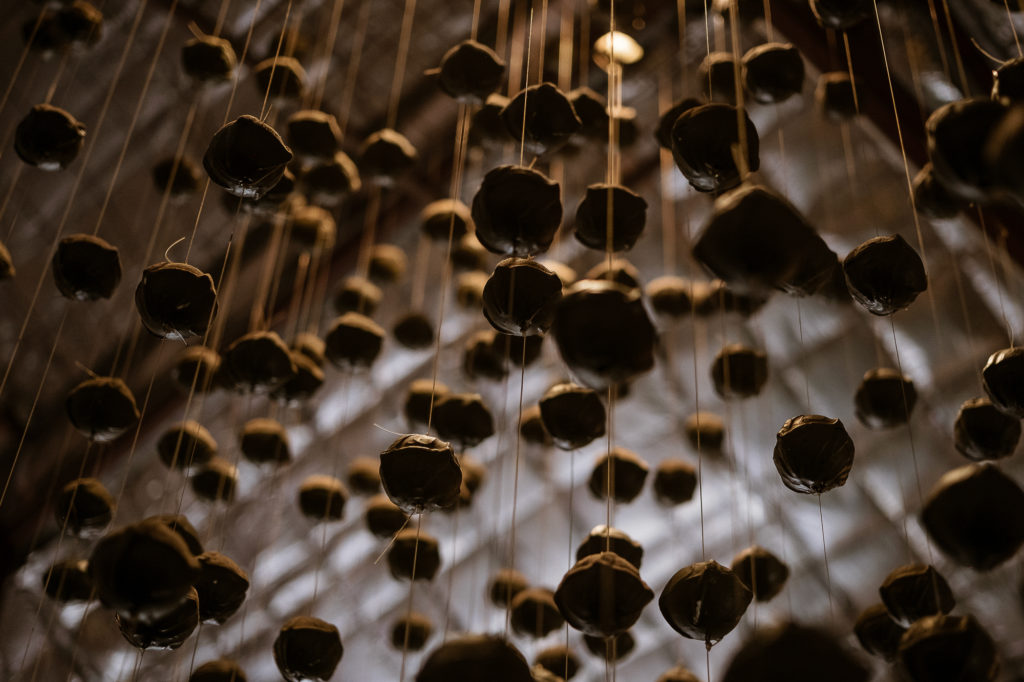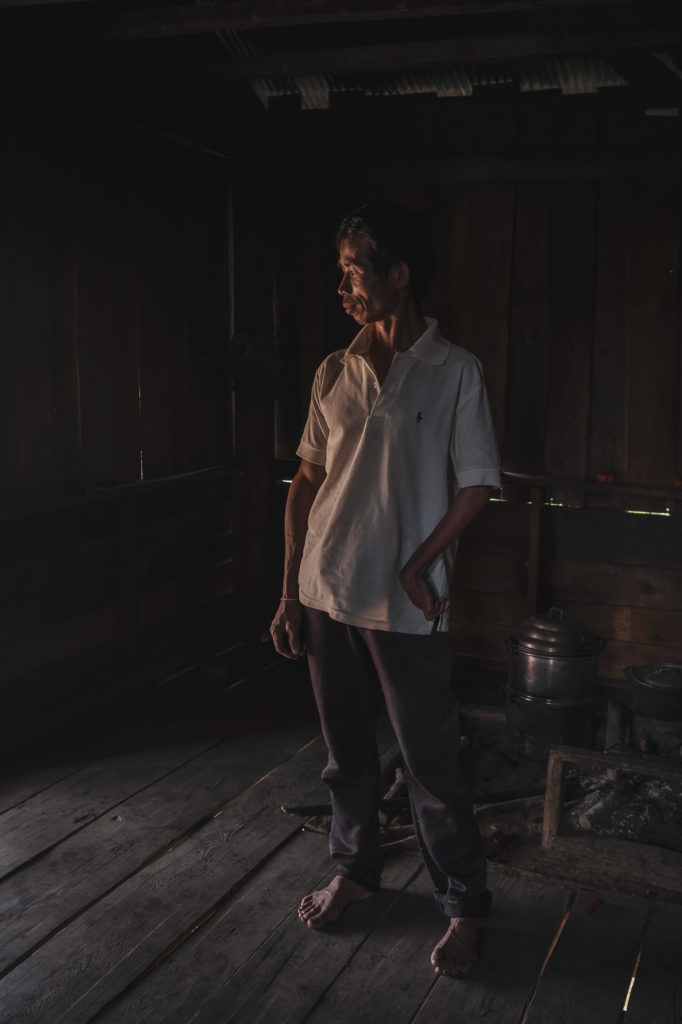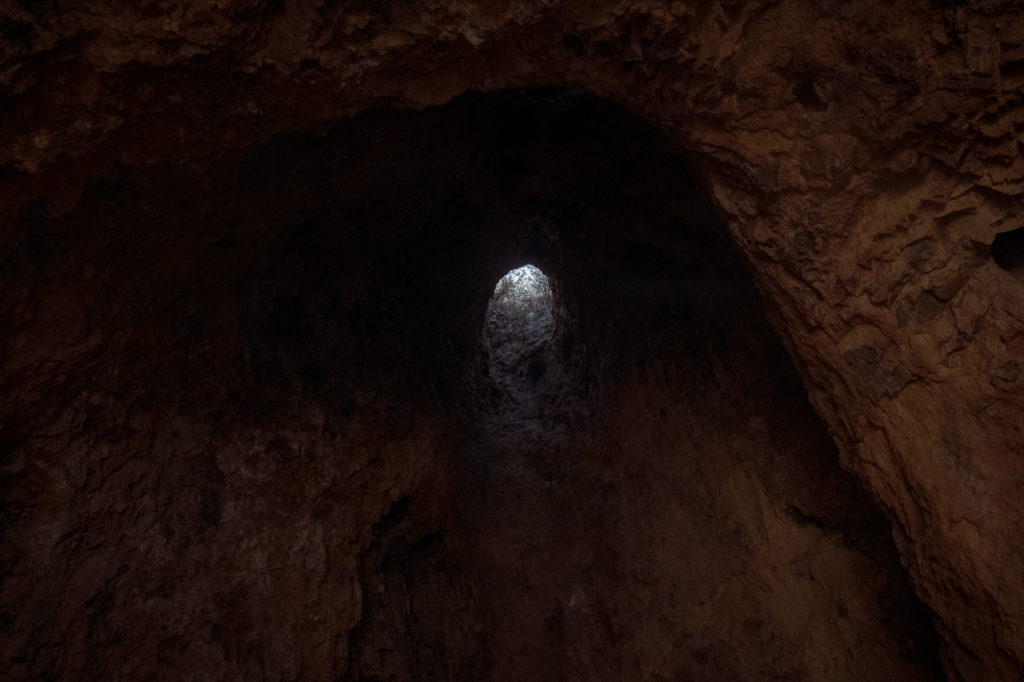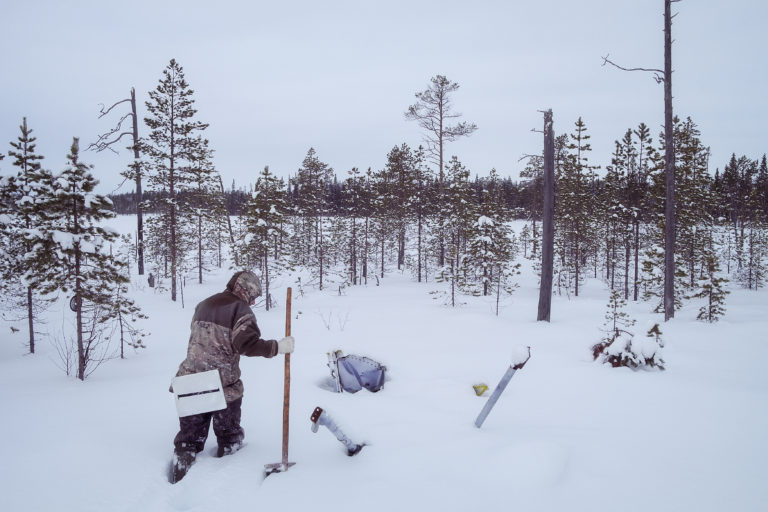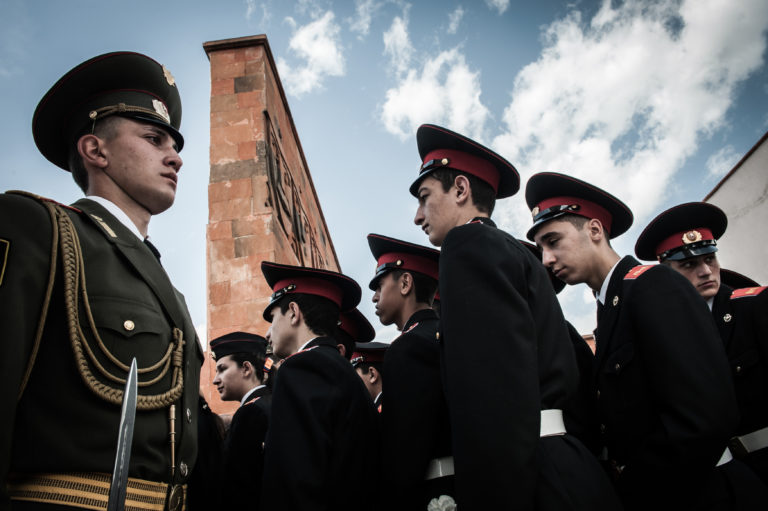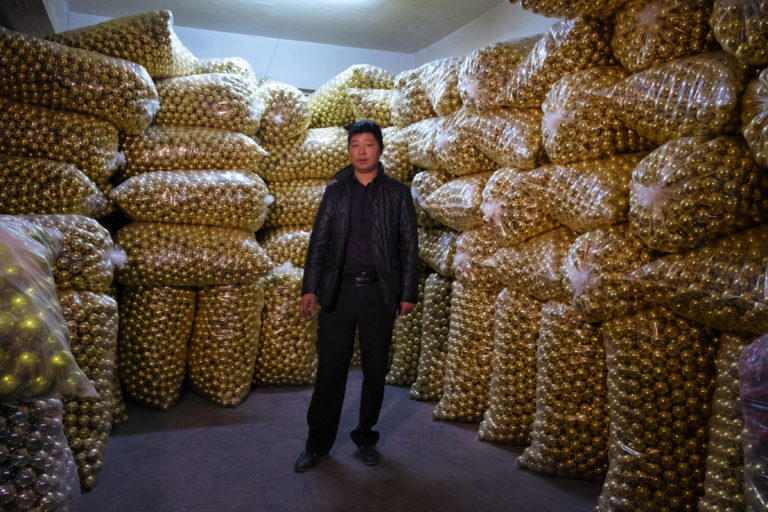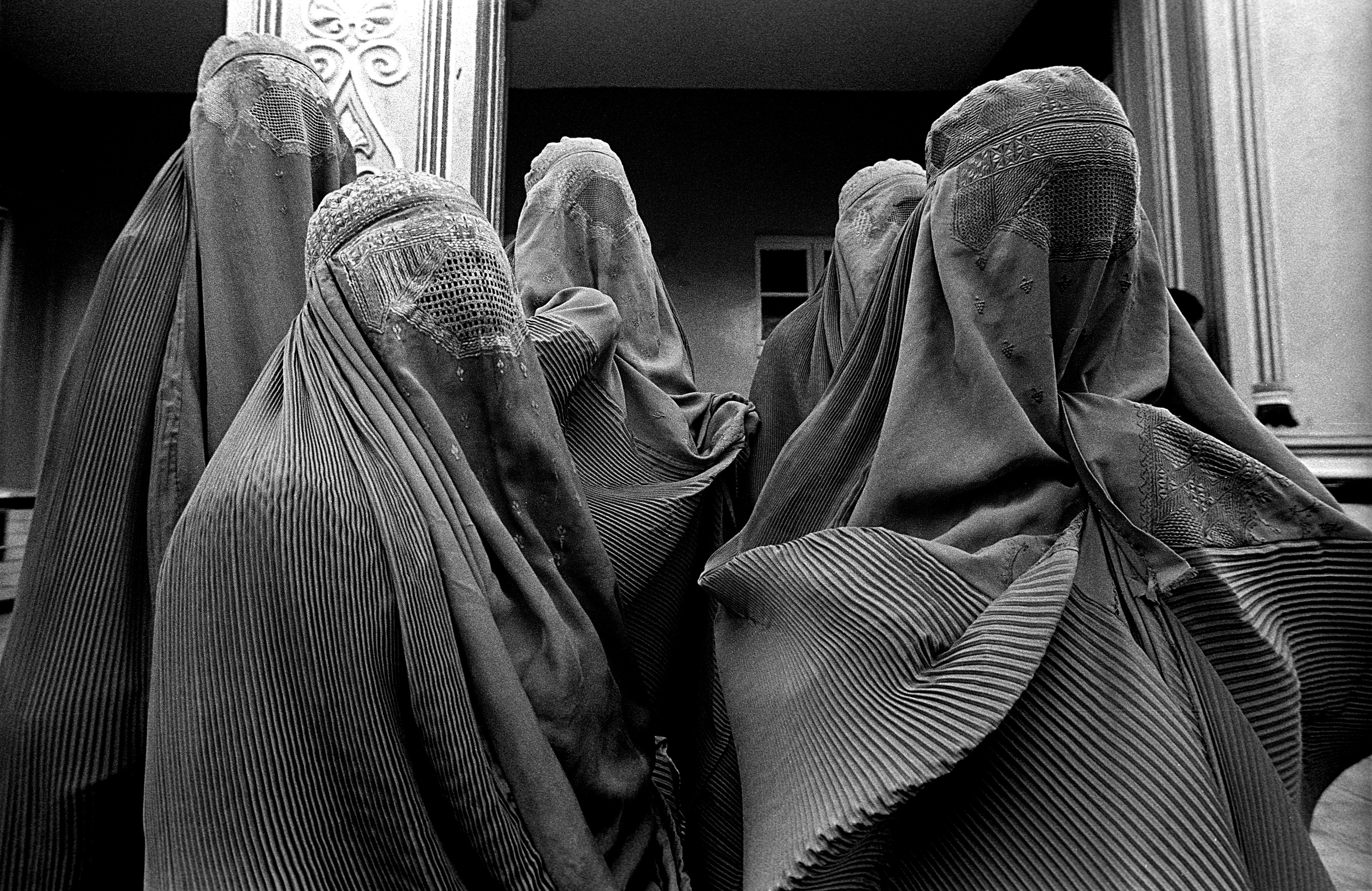Laos is the most heavily bombed country of human history.
From 1964 to 1973 the U.S. Air Force dropped the amount of 270 million cluster bombs on the region – an average of one every 8 minutes – as part of a long military operation that was kept secret until 1991. Even today there are various types of bombs scattered everywhere in Laotian territory: underground, hidden among the vegetation but also exposed on the streets, shops, ready to be sold and recycled.
For many Laotians, the bombs found have become a resource. In some remote villages bombs are used as pillars for houses while others villages base their business on the creation of everyday objects such as spoons, bracelets and pots, obtained from the recycling of bombs, missiles and even American B52 aircrafts, which have become fast canoes used to go fishing. Laotians have spent about 20 years trying to escape the bombing, taking refuge in dozens of caves where they’ve built schools and hospitals. Laotians usually consider those caves as places with a strong presence of negative spirits belonging to the souls of their compatriots who died in a brutal way. For this reason they are afraid to enter those caves. According to the National Regulatory Authority for unexploded ordnance, 30% of these bombs have remained unexploded causing 50,000 victims; 20,000 since the end of the war. This deadly legacy continues today to threaten the lives of thousands of communities in Laos. They still find themselves surrounded by unexploded ordnance: it will take about 150 years to reclaim the entire territory. UXO Lao – Lao National Unexploded Ordnance Program – with the help MAG – an international NGO – constantly operate in teams to clear community land from unexploded bombs.
